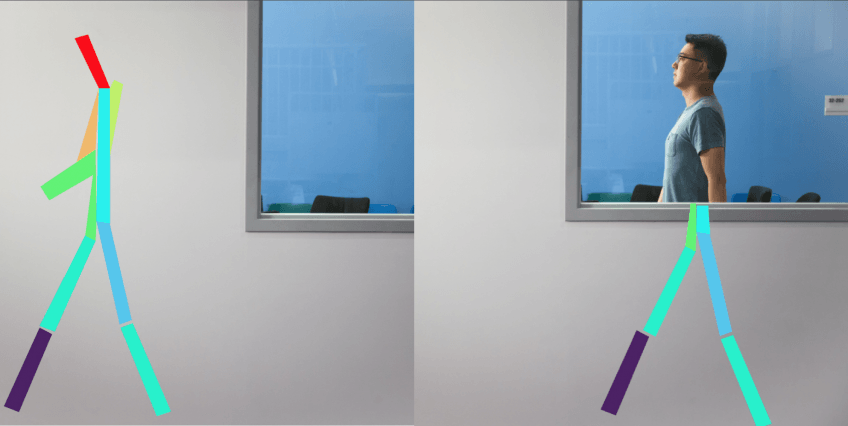The Computer Science and Artificial Intelligence Laboratory at MIT conducted a new study with its groundbreaking discovery, a technology that can see a body through walls. The system is capable of accurately creating poses of a body while it walks or stands still.
Analyzing radio signals help see a body through walls
The system uses RF waves in order to find the location of the body, and then it recreates it as a simple stick figure. The system is called RF-Pose. In order to create the technology that can see a body through walls, researchers referred to the neural network to analyze radio signals that bounce off people’s bodies. Using the data, they can create a dynamic stick figure capable of walking, stopping, sitting or just moving its limbs while the person behind the wall performs the aforementioned actions.
According to the press release on the MIT website, the newly discovered system can be used to help watch over people who have conditions like Parkinson’s disease and multiple sclerosis (MS) and in that way provide a better understanding about the progress of the disease. Doctors could use this system to adjust the therapy accordingly and help older people live more independently by monitoring their movement, falls, injuries and general changes in their activity.
The team is interested in applying this system in healthcare to allow passive monitoring of a subject in a room without using cameras.
“All data the team collected has subjects’ consent and is anonymized and encrypted to protect user privacy,” the researchers wrote in their study. “For future real-world applications, the team plans to implement a ‘consent mechanism’ in which the person who installs the device is cued to do a specific set of movements in order for it to begin to monitor the environment.”
To train the neural network, the team showed a machine a video that included a person walking next to the RF interference that they made as they were moving. After that, the team used and overlaid stick figures on the person’s movement and trained the neural network to apply the same practice. RF signals are ubiquitous, which means that scientists found it easier to use compared to other sensing technologies.
Even though the researchers haven’t actually trained its system to see a body through walls, it managed to “generalize its knowledge to be able to handle through-wall movement.”
“If you think of the computer vision system as the teacher, this is a truly fascinating example of the student outperforming the teacher,” researcher Antonio Torralba said in a statement.
Even though the team stated that the project will be used mainly in healthcare, it hasn’t yet been specified whether the system will be used for other commercial purposes.





